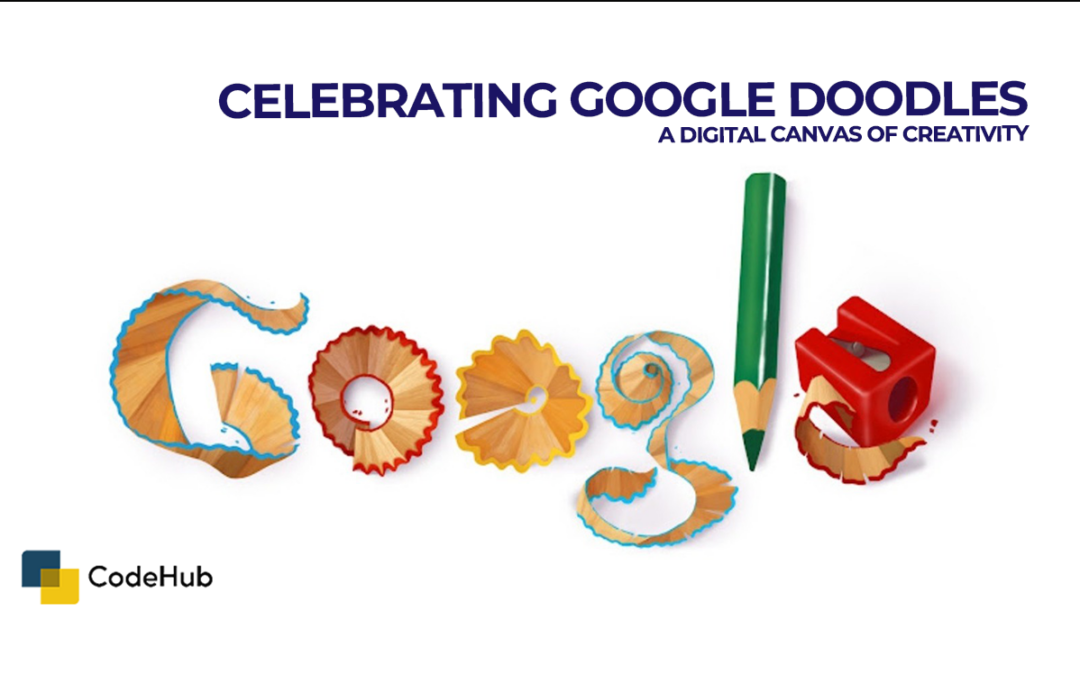Google Doodles are those playful, creative changes made to the Google logo on the homepage. These artistic transformations celebrate holidays, anniversaries, and notable figures from various fields. Introduced in 1998, the first Doodle was a simple Burning Man stick figure to indicate the founders were attending the festival.
Over the years, Doodles have evolved from static images to intricate animations and interactive experiences. Examples include the playable Pac-Man Doodle and the interactive tribute to the Moog synthesizer. Google Doodles often highlight lesser-known figures and events, educating millions globally. They reflect a commitment to diversity, celebrating cultures, scientific achievements, and important social milestones.
A dedicated team of illustrators and engineers, known as Doodlers, conceptualizes and creates each Doodle. They aim to bring joy and inspire curiosity through their work. Some Doodles have become iconic. The Les Paul guitar Doodle, for example, allowed users to strum virtual guitar strings, while the 30th anniversary of Pac-Man let users play the classic game right on the homepage.
In recent years, Google has expanded the scope of Doodles to include interactive and educational games. For example, the coding for carrots game taught basic programming concepts, and the Earth Day Doodle featured an interactive quiz about environmental awareness. Google Doodles are often tailored to specific regions, celebrating local holidays and notable figures who might not be well-known internationally. This localization helps connect users around the world to their cultural heritage.
How to Explore More?
Google’s [Doodle Archive] (https://www.google.com/doodles) allows users to browse past Doodles, offering a nostalgic journey through this unique form of digital art. The archive is searchable by date and country, making it easy to find specific Doodles or explore themes across different cultures and time periods. Google also invites users to participate in Doodle creation through annual contests such as “Doodle 4 Google.” These competitions encourage students to create their own Doodles, with the winning entries displayed on the Google homepage.
Conclusion
Google Doodles are more than just artistic alterations to a logo; they are a celebration of human creativity, culture, and history. Each Doodle tells a story, bringing a bit of joy and learning to the everyday experience of using the internet. Whether it’s honoring a scientific milestone, celebrating a cultural festival, or remembering a historical figure, Google Doodles continue to engage and inspire users around the world.

